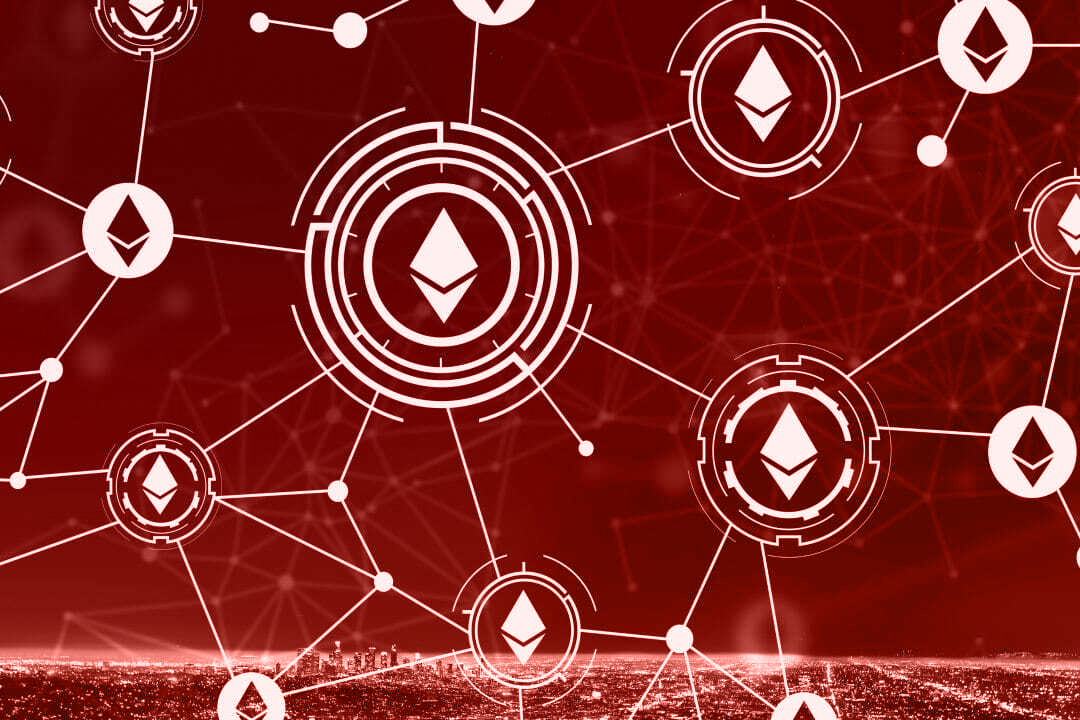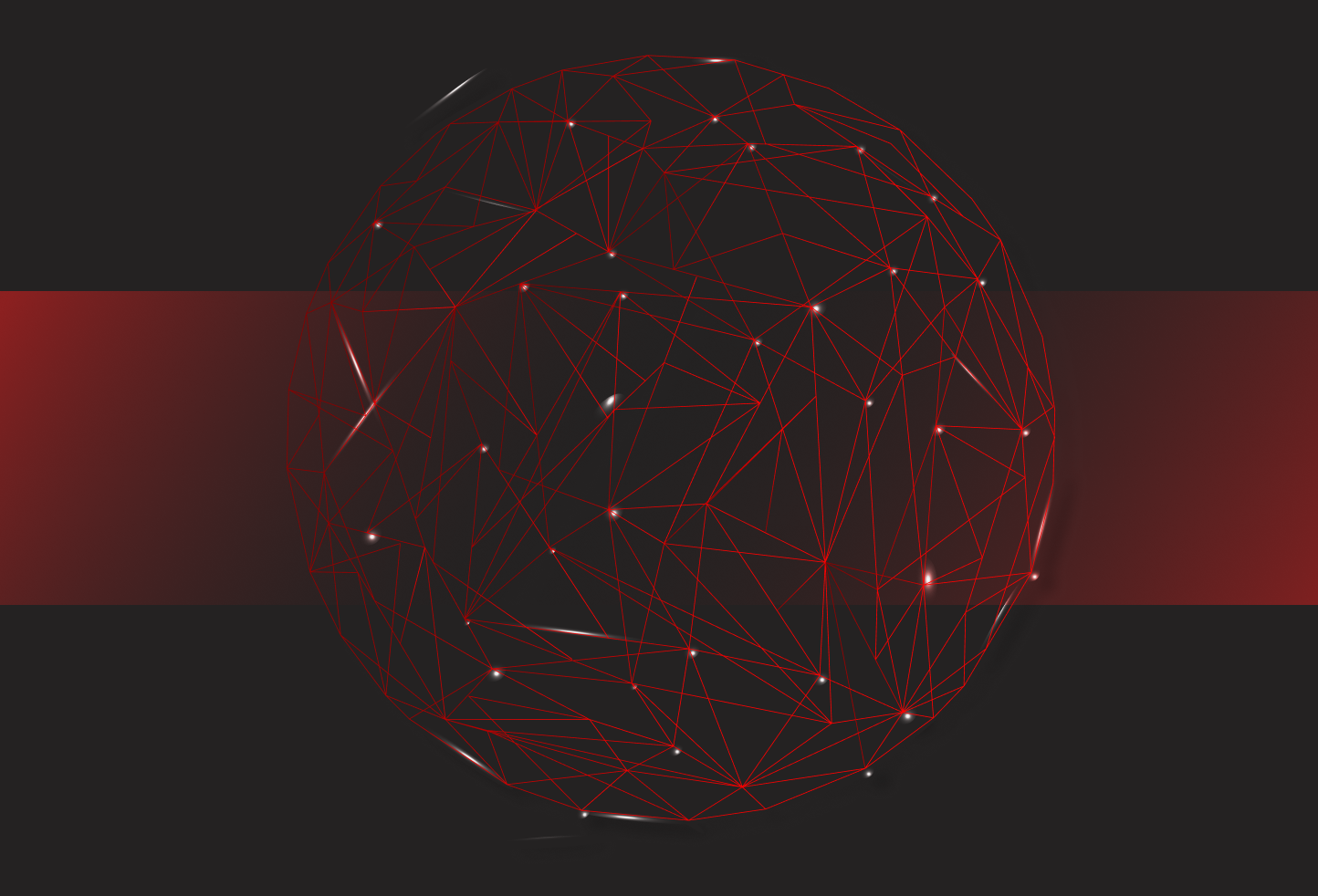DeFi, short for decentralised finance, is revolutionizing the financial landscape by leveraging blockchain technology to create an open, transparent, and secure financial ecosystem. DeFi includes digital assets, protocols, smart contracts, and decentralised applications (dApps) built on blockchain platforms like Ethereum and Binance Smart Chain.
In this blog, we'll delve into the world of DeFi, its main elements, advantages, and what the future holds.

What is DeFi?
The traditional financial market is centralized. It is the authorities, such as the government and central banks, that issue the money that drives our economy and is used every day to pay for our goods and services. Therefore, the power to manage and regulate the flow and supply of such currencies in the market rests with them.
Decentralized finance (DeFi) refers to a movement that utilises decentralized networks and blockchain technology to transform traditional financial products into open and transparent protocols that operate without intermediaries.
DeFi aims to build a more inclusive and accessible financial system where anyone can participate and innovate.
4 Key Elements of DeFi
1. Smart Contracts
Smart contracts are self-executing contracts with the terms of the agreement directly written into code. They run on blockchain networks and automatically enforce and execute agreements when predefined conditions are met. Smart contracts eliminate the need for intermediaries, reducing costs and increasing efficiency.
2. Decentralized Applications (dApps)
Decentralized Applications or dApps are applications that run on decentralized networks. They are built on blockchain platforms like Ethereum and utilize smart contracts to provide various financial services such as lending, borrowing, trading, and investing.
3. Digital Assets and Tokens
Digital assets in DeFi include cryptocurrencies and tokens that represent various assets or utilities. Cryptocurrencies like Bitcoin and Ethereum are native to their blockchains, while tokens like USDT and LINK are built on existing blockchains and provide additional functionalities.
4. Decentralized Exchanges (DEXs)
Decentralized Exchanges or DEXs are platforms that allow users to trade cryptocurrencies directly with each other without intermediaries. They provide greater privacy, security, and control over funds compared to centralized exchanges.

Top Advantages of DeFi
There are several advantages of decentralized finance, including:
1. Accessibility: DeFi enables anyone with an internet connection to access financial services, removing barriers associated with traditional banking systems. This inclusivity empowers individuals in underserved regions to participate in the global economy.
2. Transparency: All transactions on DeFi platforms are recorded on public blockchains, ensuring transparency and reducing the risk of fraud. Users can verify transactions and smart contract codes, fostering trust in the system.
3. Security: DeFi platforms leverage blockchain's inherent security features, such as cryptographic encryption and decentralized consensus, to protect user assets and data. The decentralized nature of DeFi reduces single points of failure and enhances overall system resilience.
4. Cost Efficiency: By eliminating intermediaries, DeFi reduces transaction costs and speeds up processes. Smart contracts automate tasks that would typically require manual intervention, further reducing operational expenses.
How to Protect Your Digital Assets from Cyber Threats

Wallets, Coins, and Tokens in DeFi
Wallets, coins, and tokens are integral components of the DeFi ecosystem, each playing a crucial role in its functionality and user experience.
-
Wallets
Wallets are digital tools that allow users to store, send, and receive cryptocurrencies. They are essential for interacting with DeFi applications. Wallets use public and private keys to secure and manage digital assets. Public keys act like a bank account number, enabling others to send funds to the wallet, while private keys are akin to a PIN, granting access to manage and transfer the stored assets. Popular wallets in the DeFi space include MetaMask, Trust Wallet, and Ledger.
-
Coins
Coins refer to cryptocurrencies that operate on their own blockchain. Examples include Bitcoin, Ethereum, and Binance Coin. These coins are the backbone of the DeFi ecosystem, facilitating transactions and serving as the primary medium of exchange within various DeFi platforms. Coins are used for a range of purposes, from staking and earning interest to providing liquidity and facilitating decentralized exchanges.
-
Tokens
Tokens are digital assets created on existing blockchains, primarily Ethereum, using standards such as ERC-20 and ERC-721. They represent a wide array of assets and utilities, from governance rights in DeFi protocols to claims on physical assets or services. Tokens can be classified into two main categories: fungible and non-fungible tokens (NFTs). Fungible tokens, like USDT and DAI, are identical and interchangeable, used for transactions and liquidity provision. NFTs, on the other hand, are unique and represent ownership of specific assets, such as digital art or real estate.
In the DeFi ecosystem, tokens enable innovative financial products and services, including lending, borrowing, trading, and earning interest. They empower users to participate actively in decentralized governance, ensuring the ecosystem remains user-driven and transparent.

The Future of DeFi
The future of DeFi is promising, with continuous innovation and development expanding its potential applications. As DeFi matures, we can expect several significant trends.
Firstly, increased adoption is anticipated as more individuals and institutions recognize DeFi's efficiency, security, and inclusivity. The evolution of technology will lead to user-friendly interfaces and improved scalability, driving broader adoption across various sectors.
Secondly, regulatory developments will play a crucial role. Governments and regulatory bodies are expected to develop frameworks to address the unique challenges posed by DeFi, ensuring consumer protection while fostering innovation.
Another major trend will be the integration with traditional finance. DeFi will increasingly merge with conventional financial systems, offering hybrid solutions that combine the strengths of both worlds. This collaboration will enhance the overall financial ecosystem's efficiency and inclusivity.
Lastly, DeFi will expand its use cases beyond financial services. It will find applications in areas such as supply chain management, real estate, and digital identity verification, leveraging its inherent transparency and security features to create more robust and efficient systems in various industries.
Conclusion
DeFi is transforming the financial landscape by providing a secure, transparent, and inclusive alternative to traditional finance. With its innovative use of blockchain technology, smart contracts, and decentralized applications, DeFi is poised to reshape how we interact with financial services. As we move forward, the potential for DeFi to revolutionize various industries and create a more equitable financial system is immense.
For comprehensive blockchain solutions, contact Cogify today!



